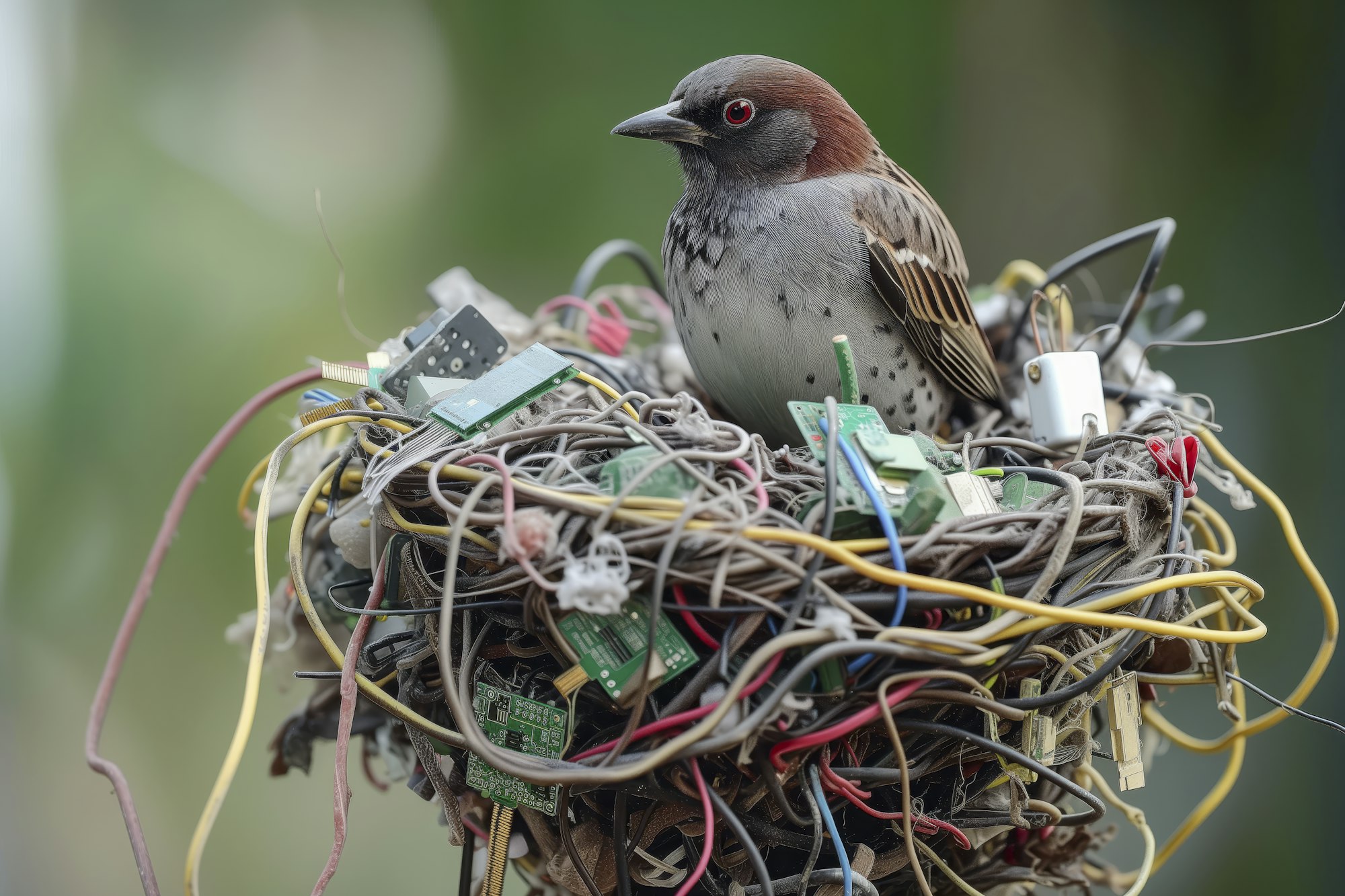Electronic waste, or e-waste, is a massive environmental problem that’s only getting worse as we continuously upgrade our gadgets. This growing pile of discarded electronics harms both the environment and human health. Interestingly, artificial intelligence (AI), which is partly responsible for the rapid increase in electronic devices, is also emerging as a key player in tackling the e-waste crisis. AI is revolutionizing the way we handle e-waste, from smarter sorting systems to innovative, sustainable product designs.

Understanding the E-Waste Issue and AI’s Role
Every year, the world generates millions of tons of e-waste. Our old phones, computers, and other gadgets contain not only valuable materials like gold and copper but also harmful substances like lead. Traditionally, recycling these items has been an expensive and dangerous process, particularly in developing countries where most of the world’s e-waste ends up. AI is stepping up to make this process safer and more efficient.
AI-enhanced machines, used by companies like TOMRA and AMP Robotics, are changing the recycling game. These machines use advanced machine vision to identify and sort different materials—metals, plastics, etc.—rapidly and accurately. This capability significantly improves the efficiency of recycling facilities, helping to salvage valuable materials and reduce the volume of waste that goes to landfills. These systems continuously improve as they process more images and learn to recognize new items.
AI’s Influence on Sustainable Product Design
AI isn’t just about improving recycling; it’s also about rethinking how products are made. Many of today’s electronics are designed to become obsolete within a few years. AI can combat this by aiding in the design of modular devices, like Fairphone, which are easier to repair and upgrade. This approach extends the life of devices and reduces waste.
Another trend driven by AI is design for disassembly (DfD), where products are designed from the outset to be easily broken down into recyclable materials at the end of their lifecycle. AI also helps identify more sustainable materials and develop lighter, less wasteful packaging solutions. A notable example is Apple’s decision to stop including chargers with new iPhones, which cuts down on waste and emissions.
Challenges of AI-Driven E-Waste Management
Despite its potential, AI-driven recycling faces several challenges. Some recycling methods still degrade materials, diminishing their value. AI solutions for separating mixed materials in complex devices are still not perfect. Moreover, setting up AI-powered recycling facilities requires significant investment, which can be a barrier for the poorer regions that often deal with the bulk of e-waste.
AI’s integration into e-waste management underscores the importance of merging sustainable practices with cutting-edge technology. As AI technology advances, it promises a future where our gadgets are not only more useful but also environmentally responsible.

FAQ: AI’s Role in Reducing E-Waste
1. How does AI improve the recycling process for e-waste?
AI enhances the recycling process by using advanced technologies like machine vision in AI-powered sorting machines. These machines can quickly and accurately differentiate and separate various materials, such as metals and plastics, found in electronic waste. This not only speeds up the sorting process but also increases the amount of valuable materials recovered, while minimizing the waste that ends up in landfills.
2. Can AI help in designing more sustainable electronic products?
Yes, AI plays a crucial role in promoting sustainable product design. By aiding in the development of modular devices that are easier to repair and upgrade, AI encourages the production of electronics that last longer. Additionally, AI supports design for disassembly (DfD), which focuses on creating products that can be easily broken down into recyclable parts at the end of their lifecycle. This approach helps in minimizing waste right from the design stage.
3. What are the challenges in implementing AI-driven e-waste recycling technologies?
Implementing AI in e-waste recycling faces several hurdles. One major challenge is the degradation of materials during some recycling processes, which can reduce their value. AI technology also struggles to effectively separate materials in devices that contain a mix of substances. Moreover, establishing AI-driven recycling facilities requires significant financial investment, which can be prohibitive, especially in regions that are already burdened with the majority of the world’s e-waste.
Sources The Washington Post


